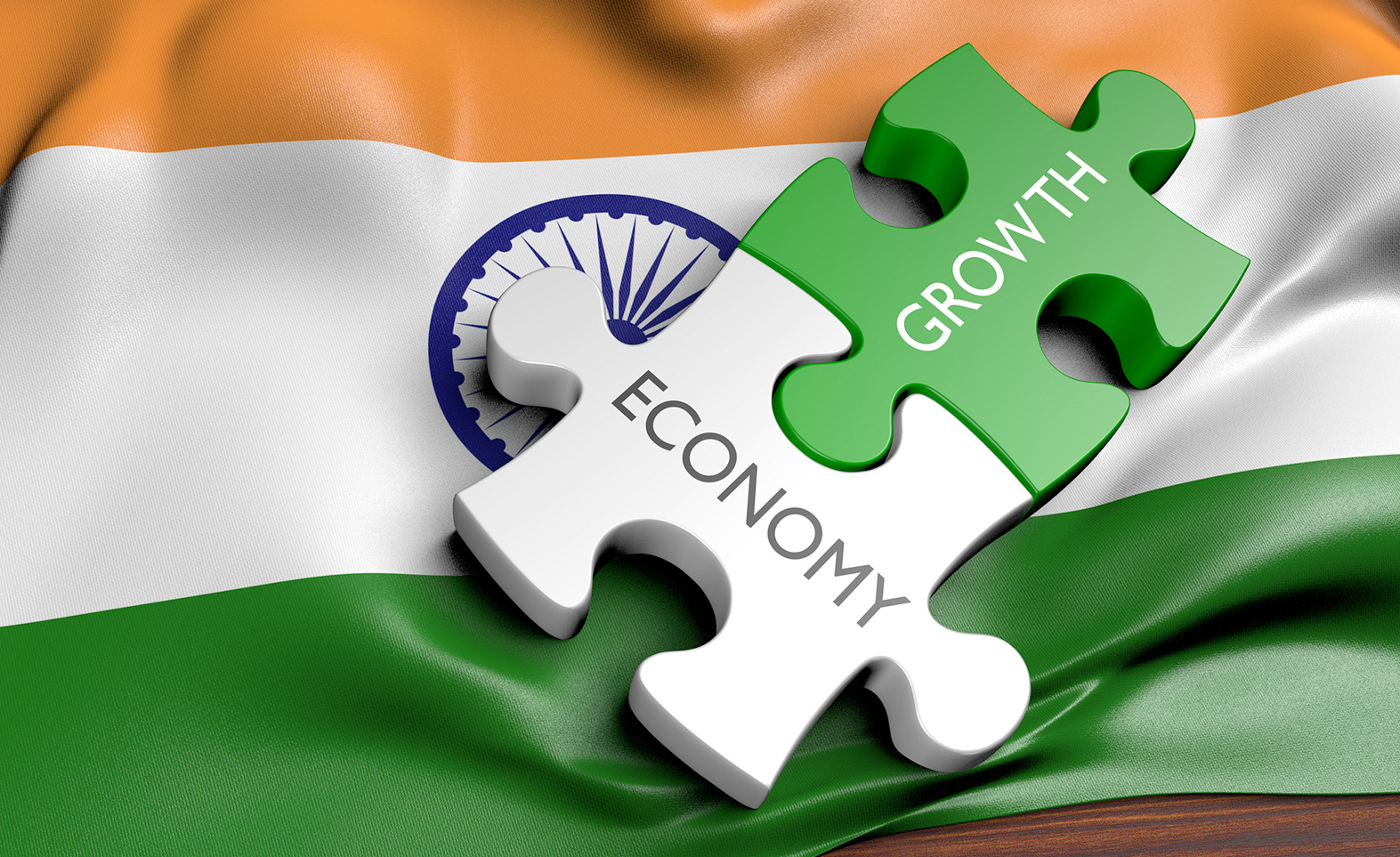
January 31, 2022
India’s GDP growth is in line with the 9.2% GDP expansion projected by the NSO
Foreign exchange reserves touched $633.6 billion on 31st December 2021, one of the highest in the world
India climbed 35 places in the Global Innovation Index, from 81st in 2015-16 to 46th in 2021
Merchandise exports and imports growth increased to 38.9% and 38.5% in December 2021

Finance Minister Nirmala Sitharaman tabled the Economic Survey 2021-22 and the Statistical Appendix in the Lok Sabha on the first day of the Budget session of Parliament. The Economic Survey presents the state of the economy and suggests policy prescriptions. The following are the highlights from the survey.
The 2022 Economic Survey projected an 8-8.5% growth rate for the Indian economy in the 2022-23 fiscal year (April 2022 to March 2023). This is in line with the 9.2% GDP expansion projected by the National Statistical Office (NSO). The growth in FY23 will be supported by widespread vaccine coverage, benefits from supply-side reforms, and easing of regulations.
The government’s capital expenditure grew by 13.5% from April to November 2021 to reach INR 2.74 lakh crores, with a focus on infrastructure-intensive sectors like roads and highways, railways, housing, and urban affairs. India’s overall Gross value added (GVA) grew by 8.6% in 2021-22, after contracting 6.2% in 2020-21
The Gross Fixed Capital Formation (GFCF) is expected to see a growth of 15% in 2021-22 and achieve full recovery of the pre-pandemic level. The weighted average cost of the Government on dated securities during 2020-21 was at a 17-year low of 5.79%, despite a 141.2% increase in net market borrowings.
The wholesale price-based inflation (WPI) during the current financial year, in contrast to the trends observed in the Consumer Price Index (CPI) inflation, has shown an increasing trend and remained high.
Foreign exchange reserves touched $633.6 billion on 31st December 2021, one of the highest in the world, and equivalent to 13.2 months of imports. India has transformed from being among the ‘Fragile Five’ nations to the 4th largest forex reserve.
India climbed 35 places in the Global Innovation Index, from 81st in 2015-16 to 46th in 2021. Patents granted in India have reached 28,391 in 2020-21 from 7,509 in 2010-11. In 2020-21, Indian residents made up 40% of the total patent applications, up from 20% in 2010-11.
The survey noted that due to the deposit of large foreign exchange reserves in recent months, vulnerability indicators relating to reserves such as reserves to total external debt, reserves to short-term debt (residual maturity), and reserve cover of imports have shown marked improvement in the first half of the current fiscal as compared to FY 2014.
To achieve US$ 5 trillion GDP by FY25, India needs to spend about US$ 1.4 trillion over this period on infrastructure. The National Infrastructure Pipeline (NIP) was launched with a projected infrastructure investment of around Rs 111 lakh crore (US$ 1.5 trillion) during FY2020-2025 to provide world-class infrastructure across the country and improve the quality of life.
The government of India recognised over 14,000 new startups in 2021. More than 61,400 startups have been recognised in India as of January 10, 2022. A record 44 Indian startups bagged unicorn status in 2021 taking the overall tally of unicorns in India to 83, most from the services sector.
In the April-September 2021 period, the FDI inflows continued to be buoyant at INR 4,413 crore, growing at the rate of 53% over the same period in 2020-21. Although price competitiveness and good quality have enabled homegrown medicine producers to be dominant players in the world market.
The Survey states that climate finance will remain critical to successful climate action for India to achieve its Net Zero Carbon Emission target by 2070.
New restrictions introduced across the globe due to the spread of the Omicron variant of coronavirus pose a threat to tourism as well as domestic passenger traffic in the near term.
Merchandise exports and imports growth was higher at 38.9% and 38.5% in December 2021 as compared to 27.2% and 56.6% respectively in November 2021.
Unified Payments Interface (UPI) is currently the single largest retail payment system in the country in terms of volume of transactions, indicating its wide acceptance. In December 2021, 4.6 billion transactions worth INR 8.26 lakh crore were carried out by UPI.